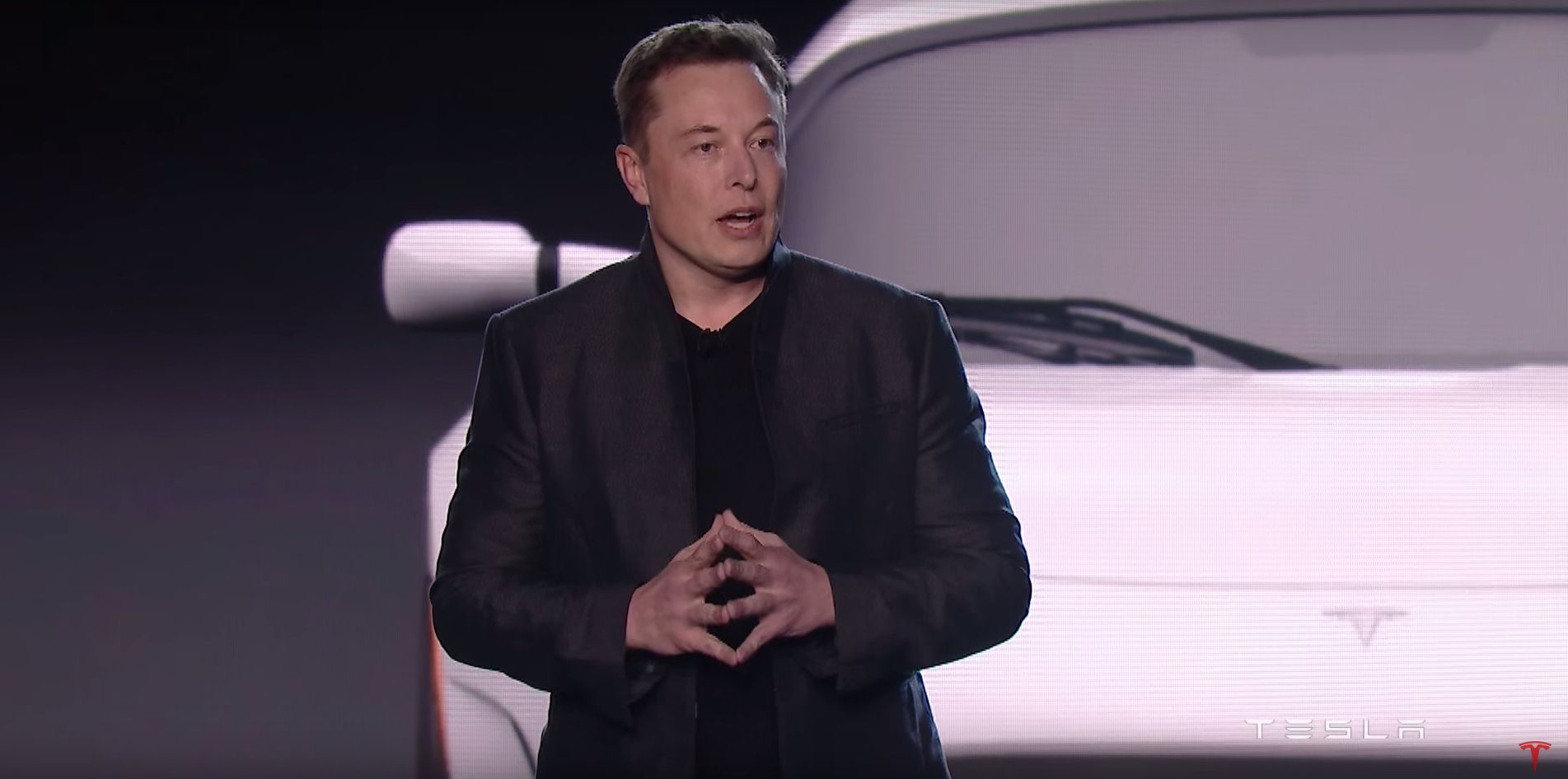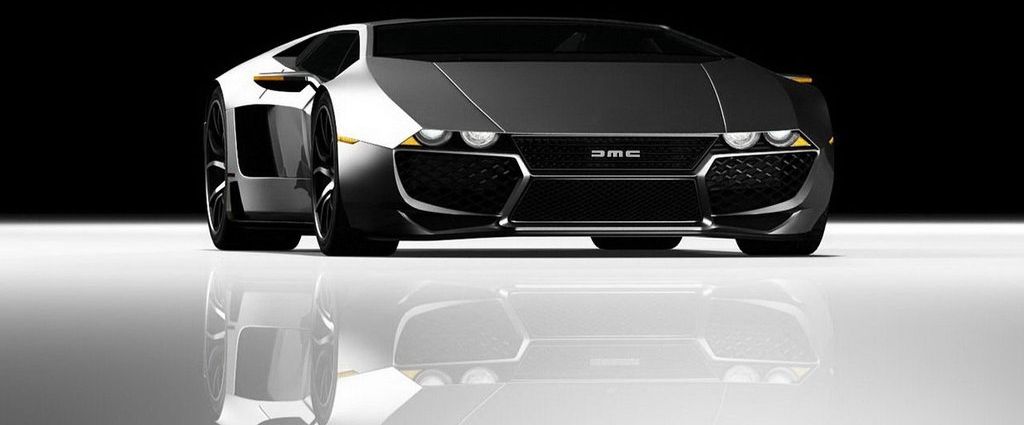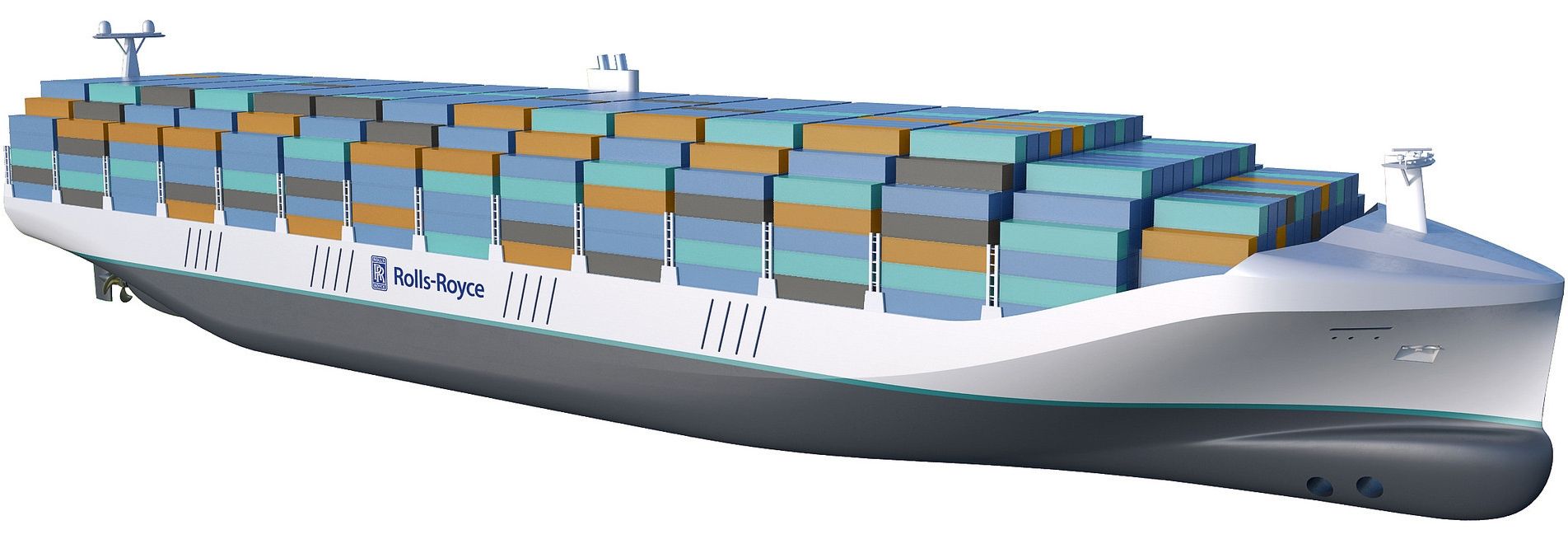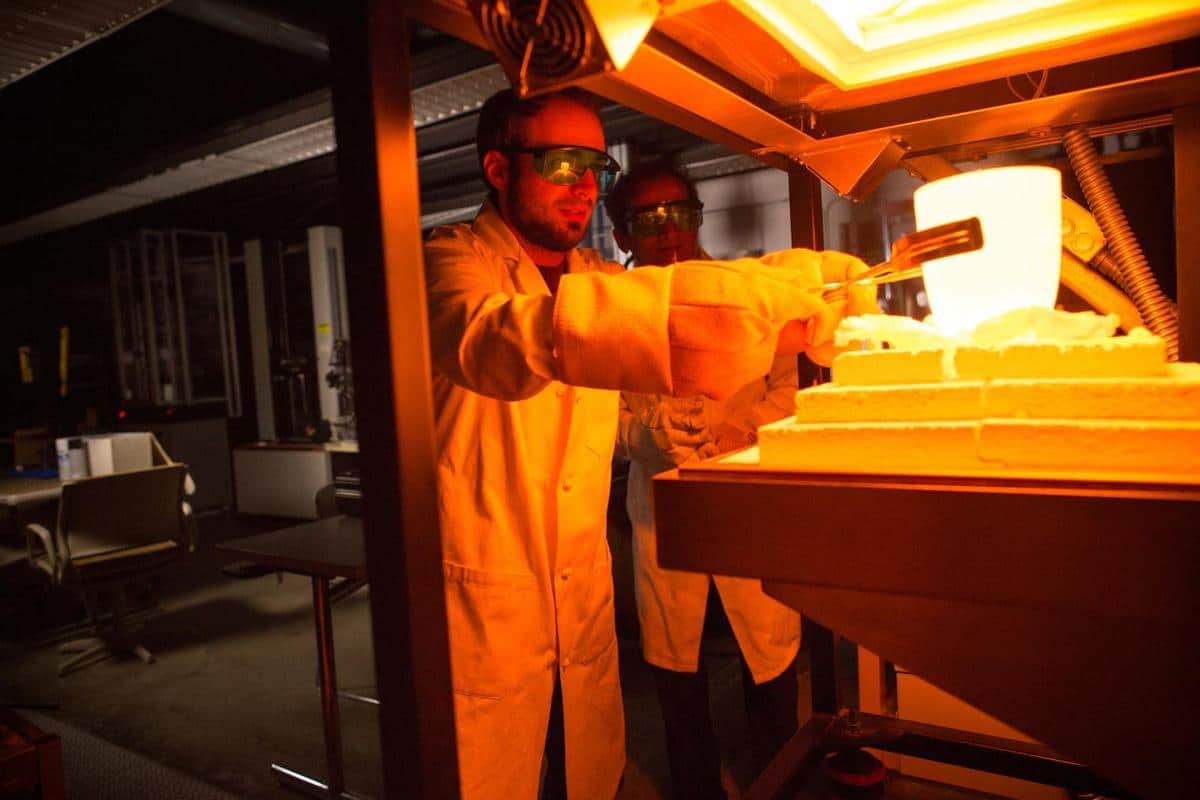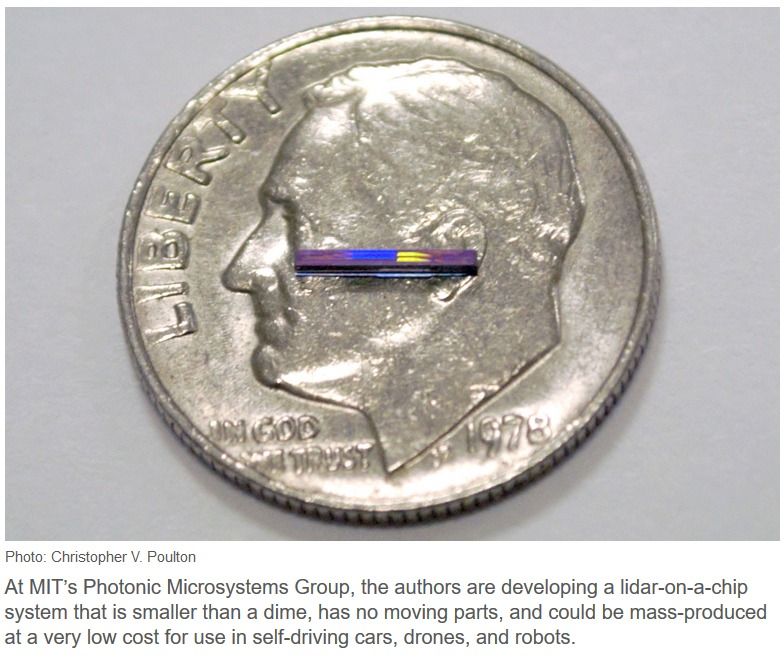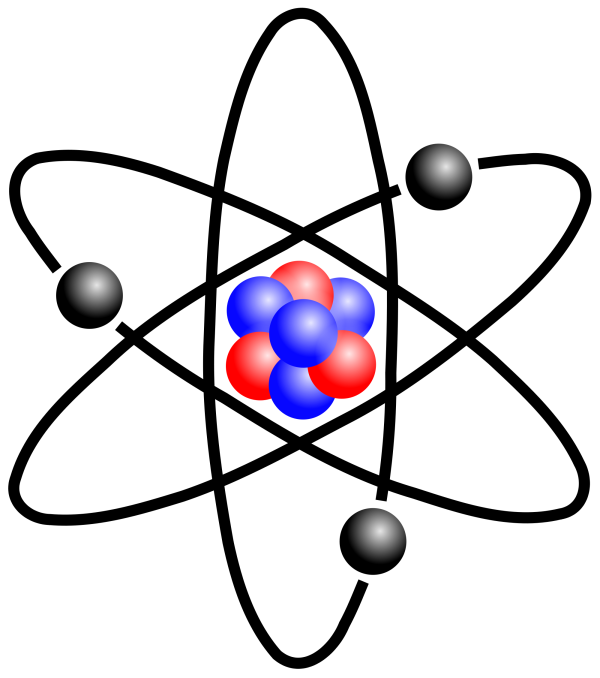Tesla took Ludicrous Mode to new heights today. Some subtle wiring changes and a major battery upgrade improved mileage and gave the Model S enough oomph to go from 0 to 60 mph in 2.5 seconds—within fractions of seconds of Ferrari and Porsche models.
The extra performance is largely attributed to a larger battery. Its 100kWh is a 10 percent increase from the previous largest option, and increases total distance for some models by up to seven percent.
Of course it comes at a price. The Model S now costs as much as $134,000—and as always you need to be able to charge it.
